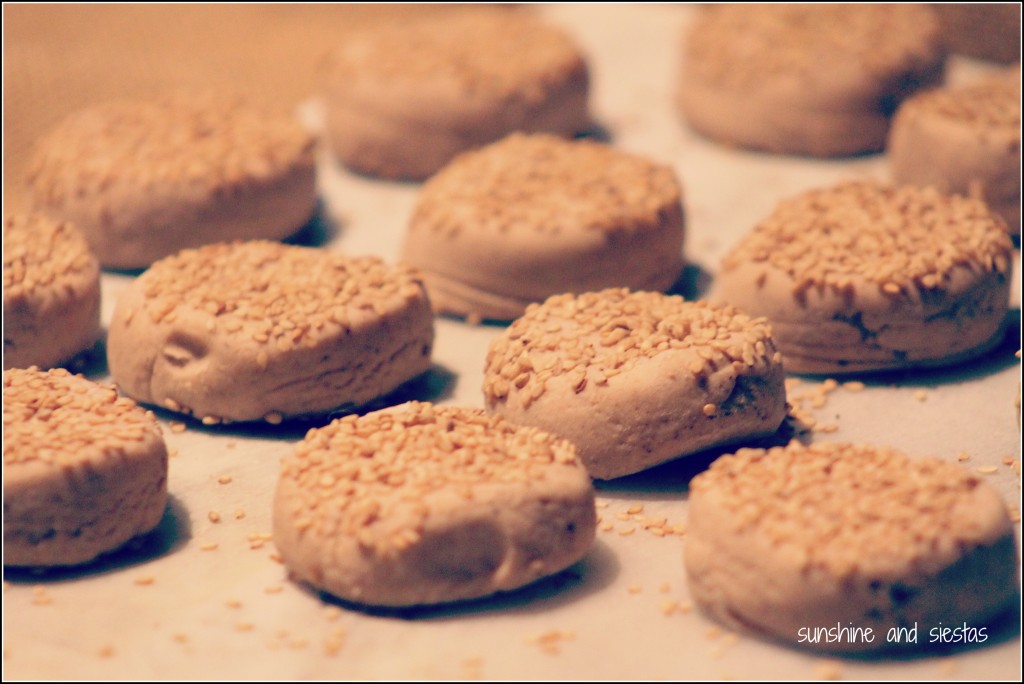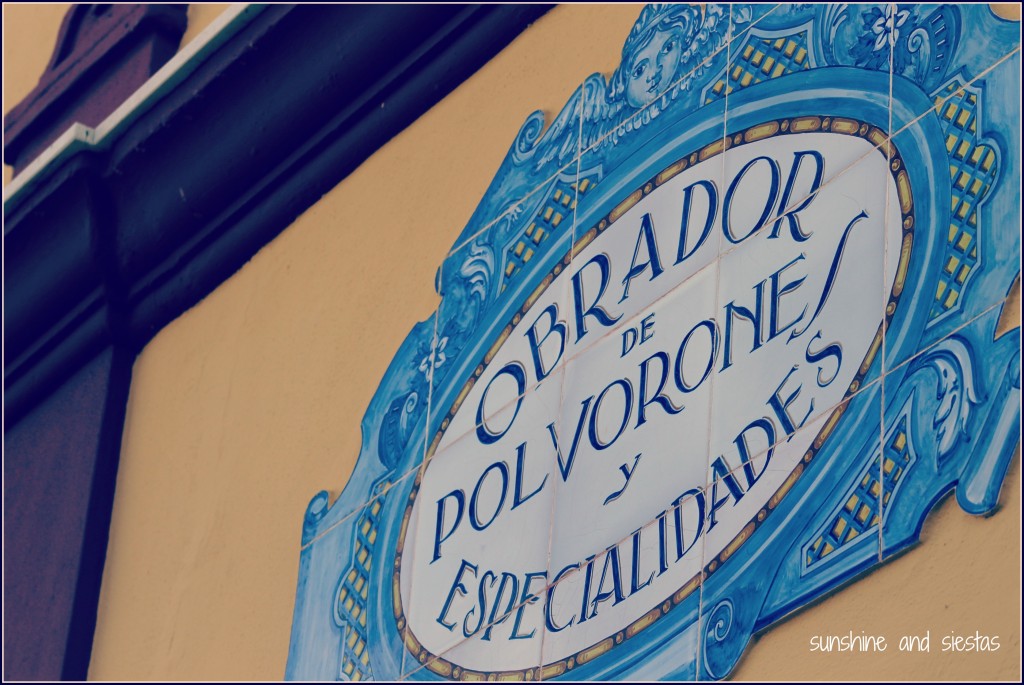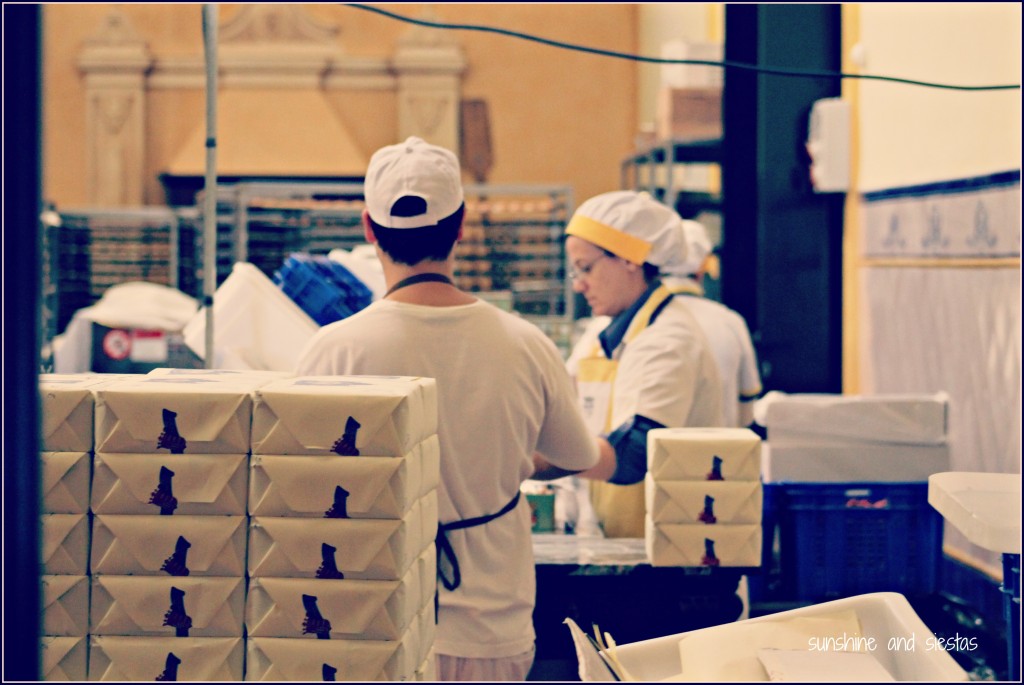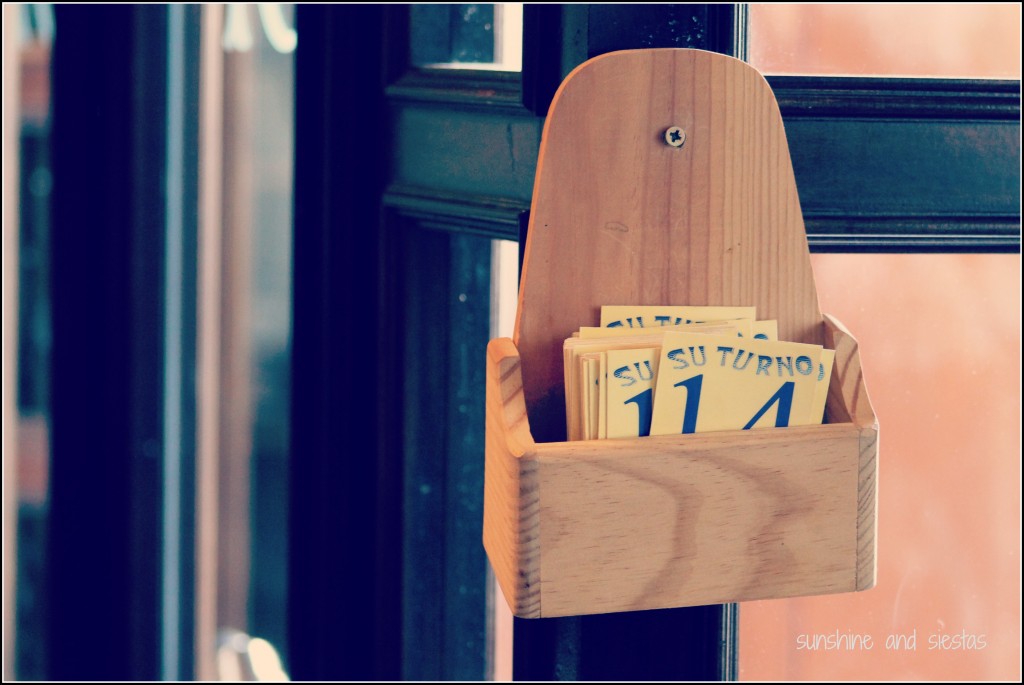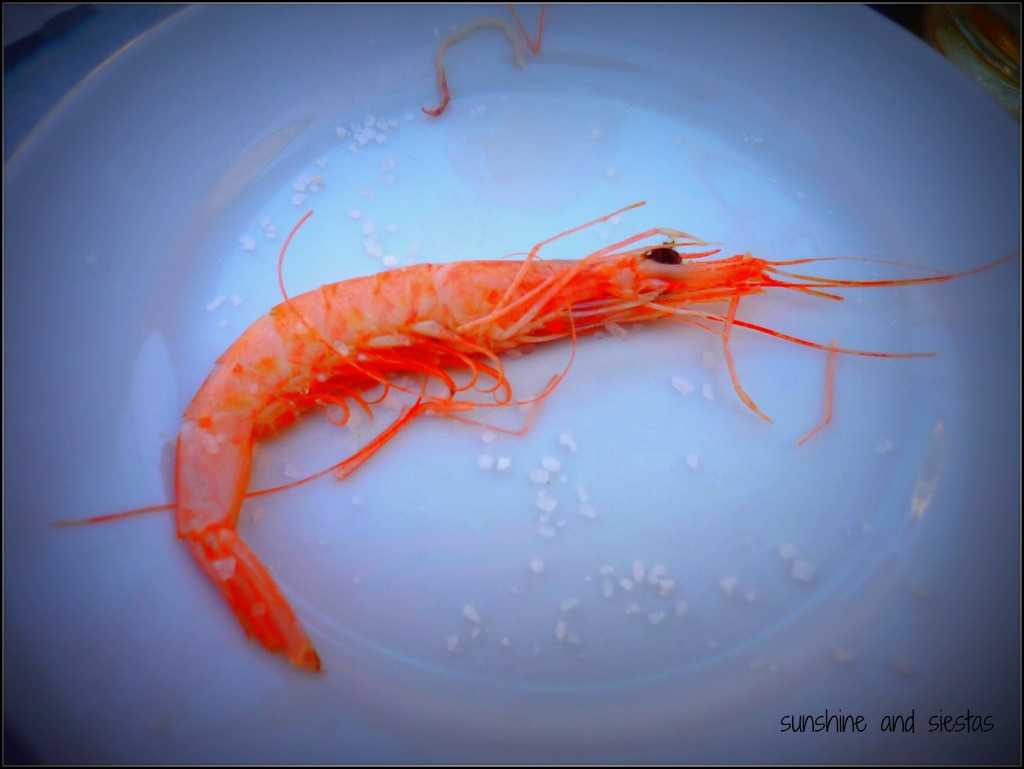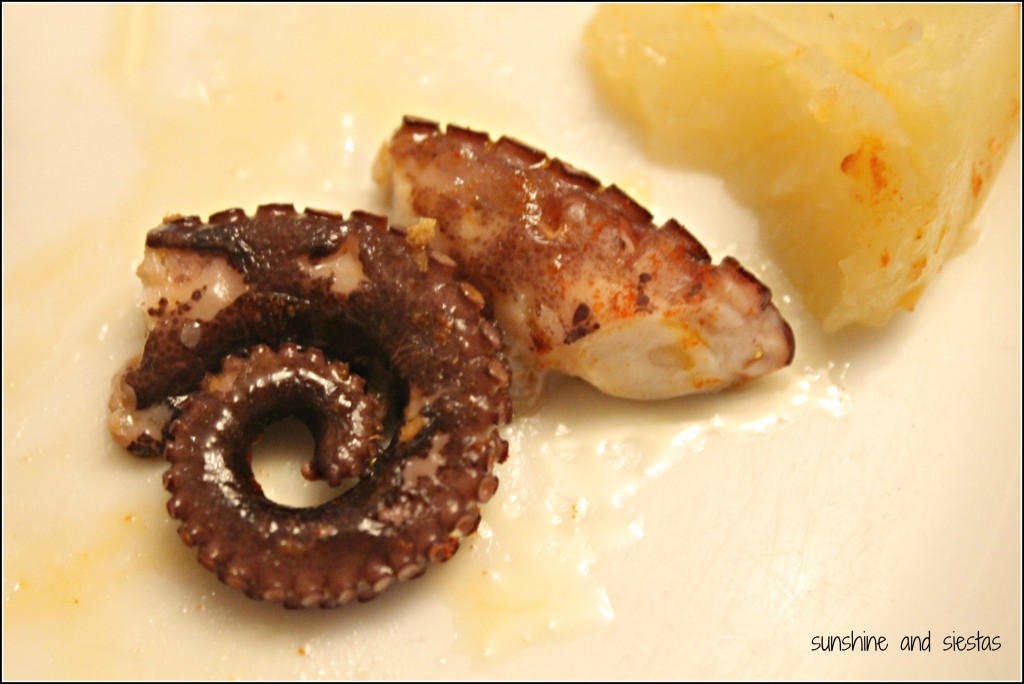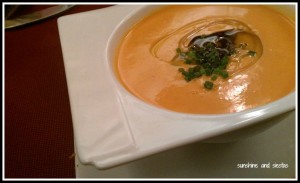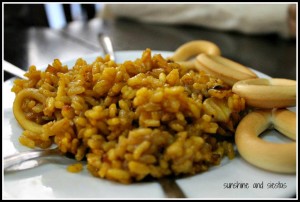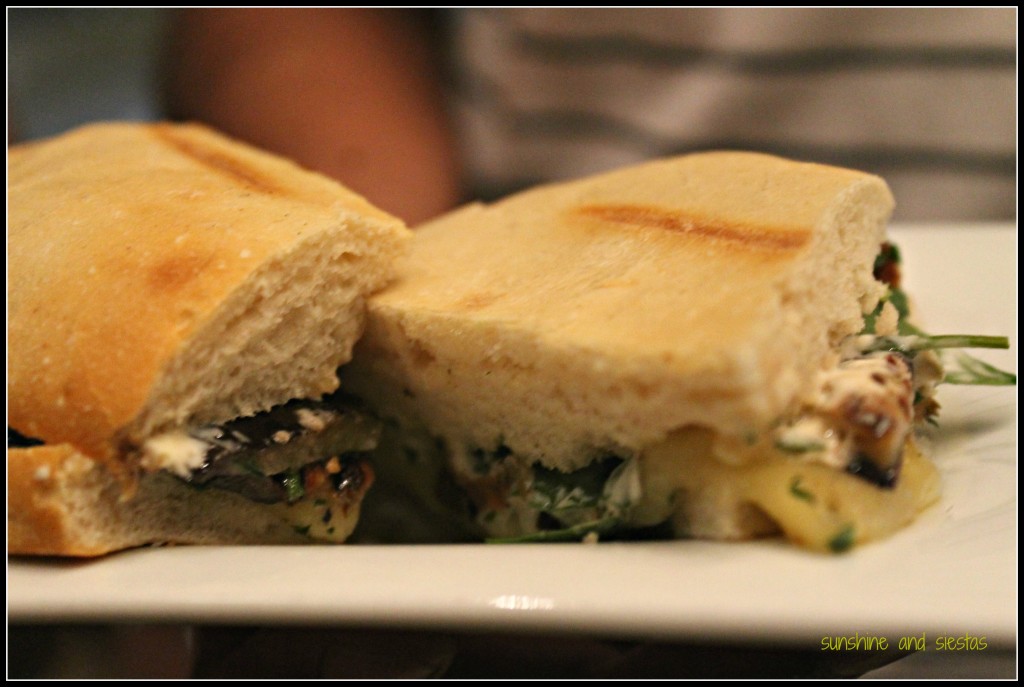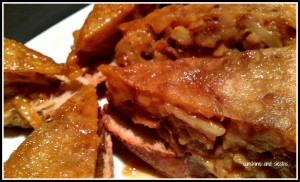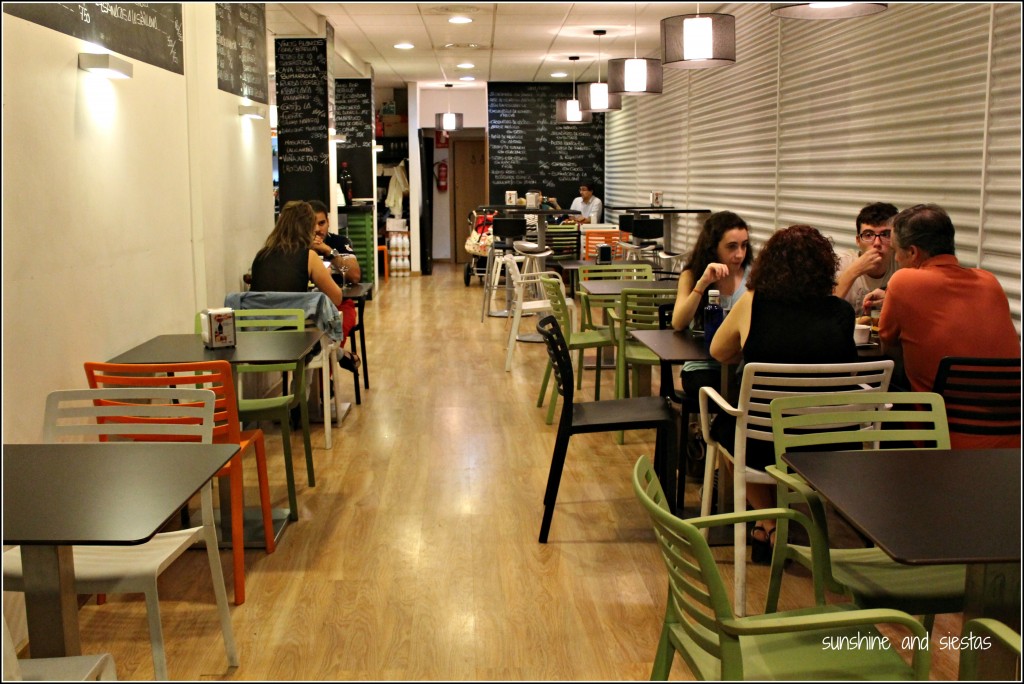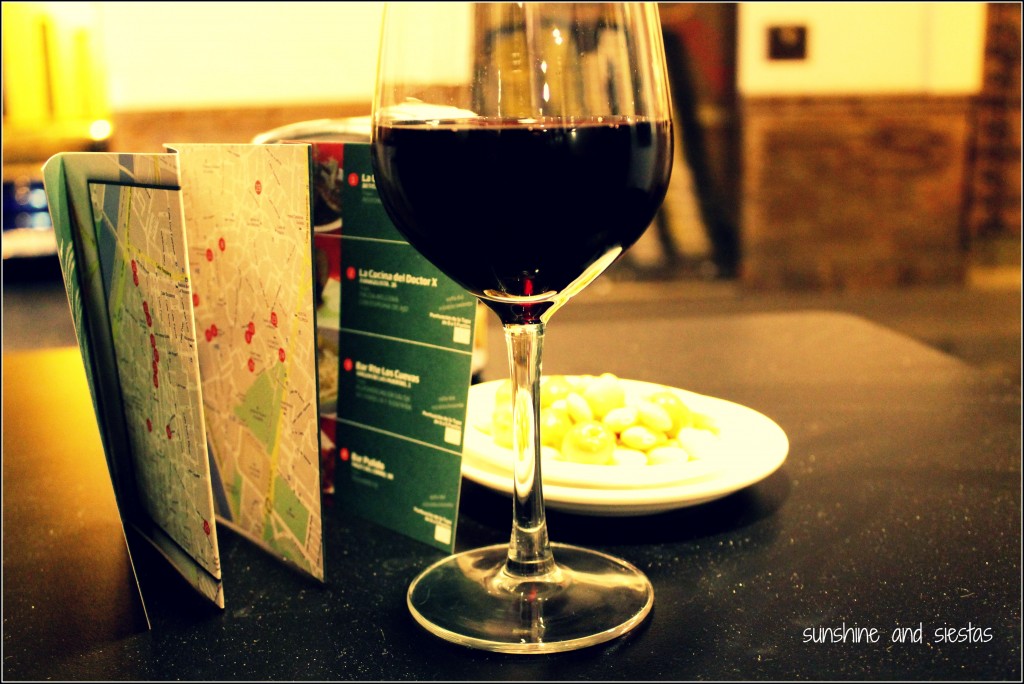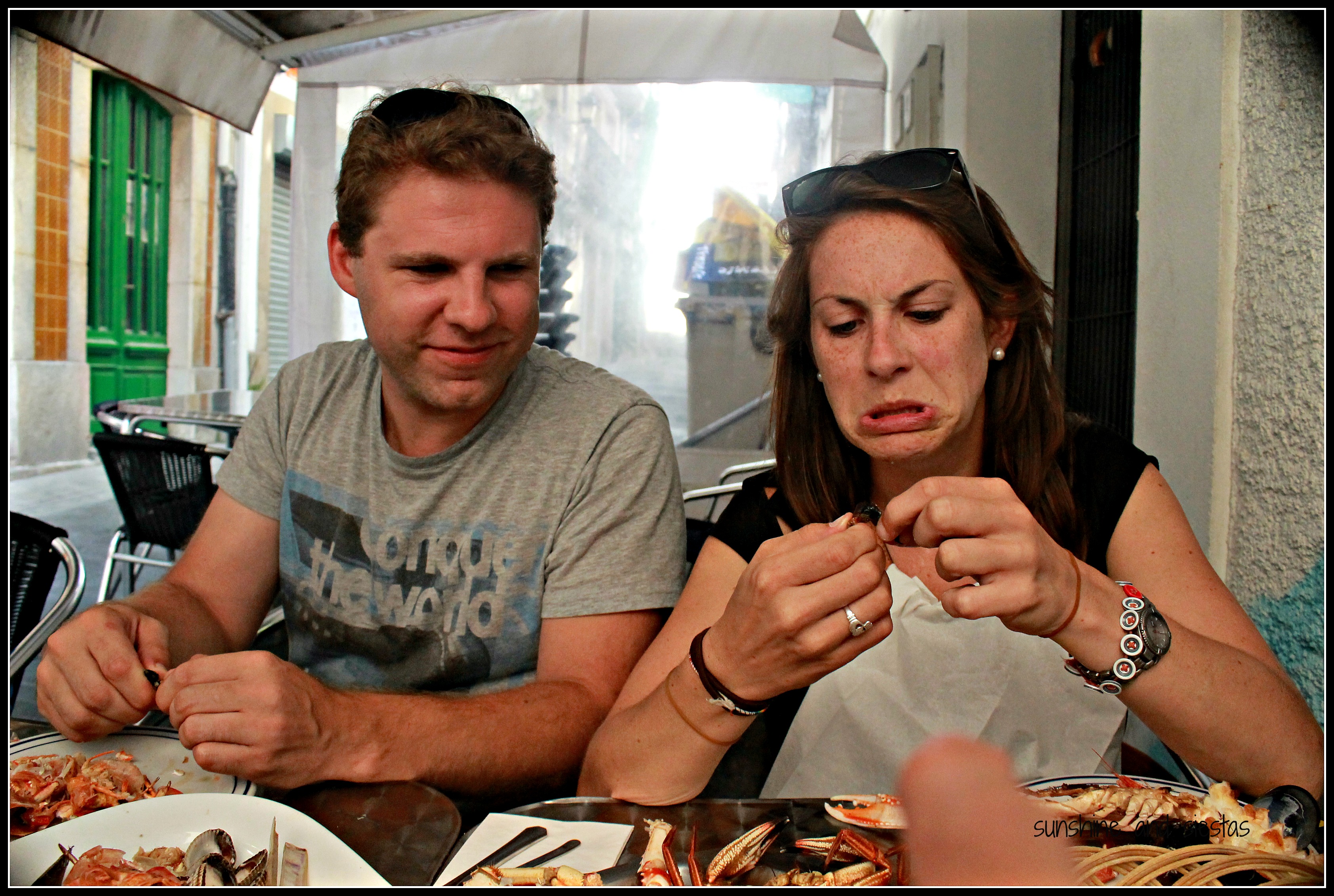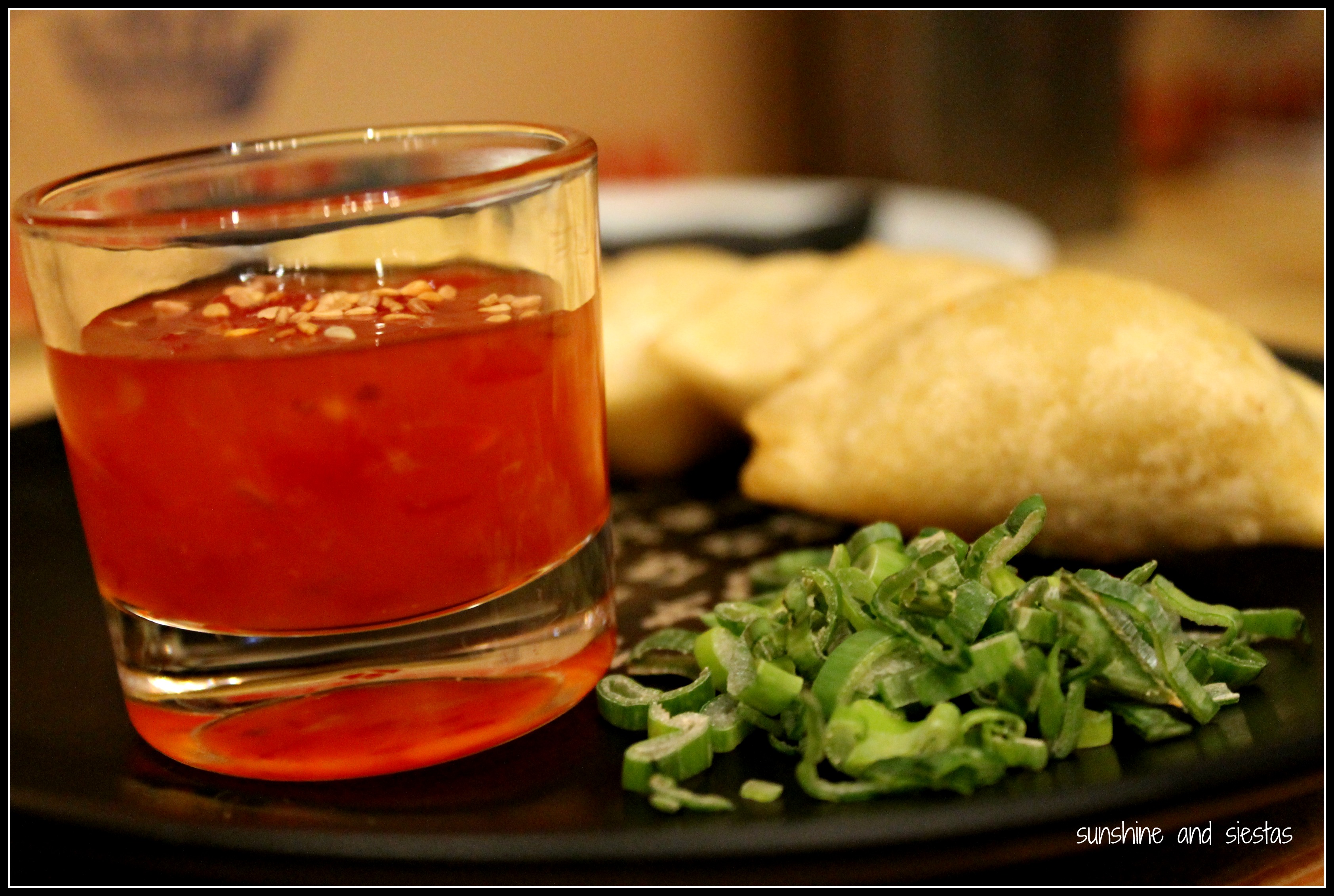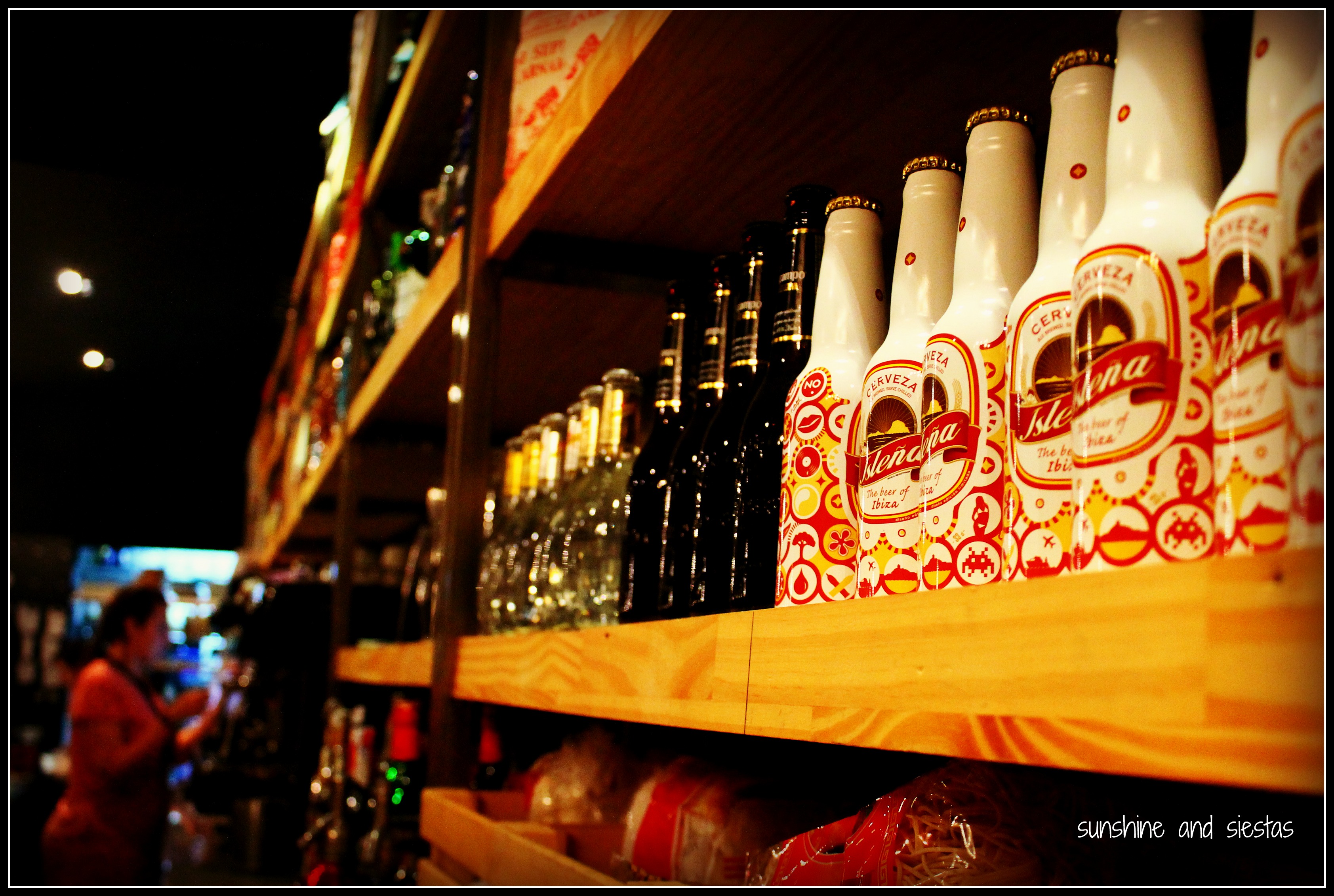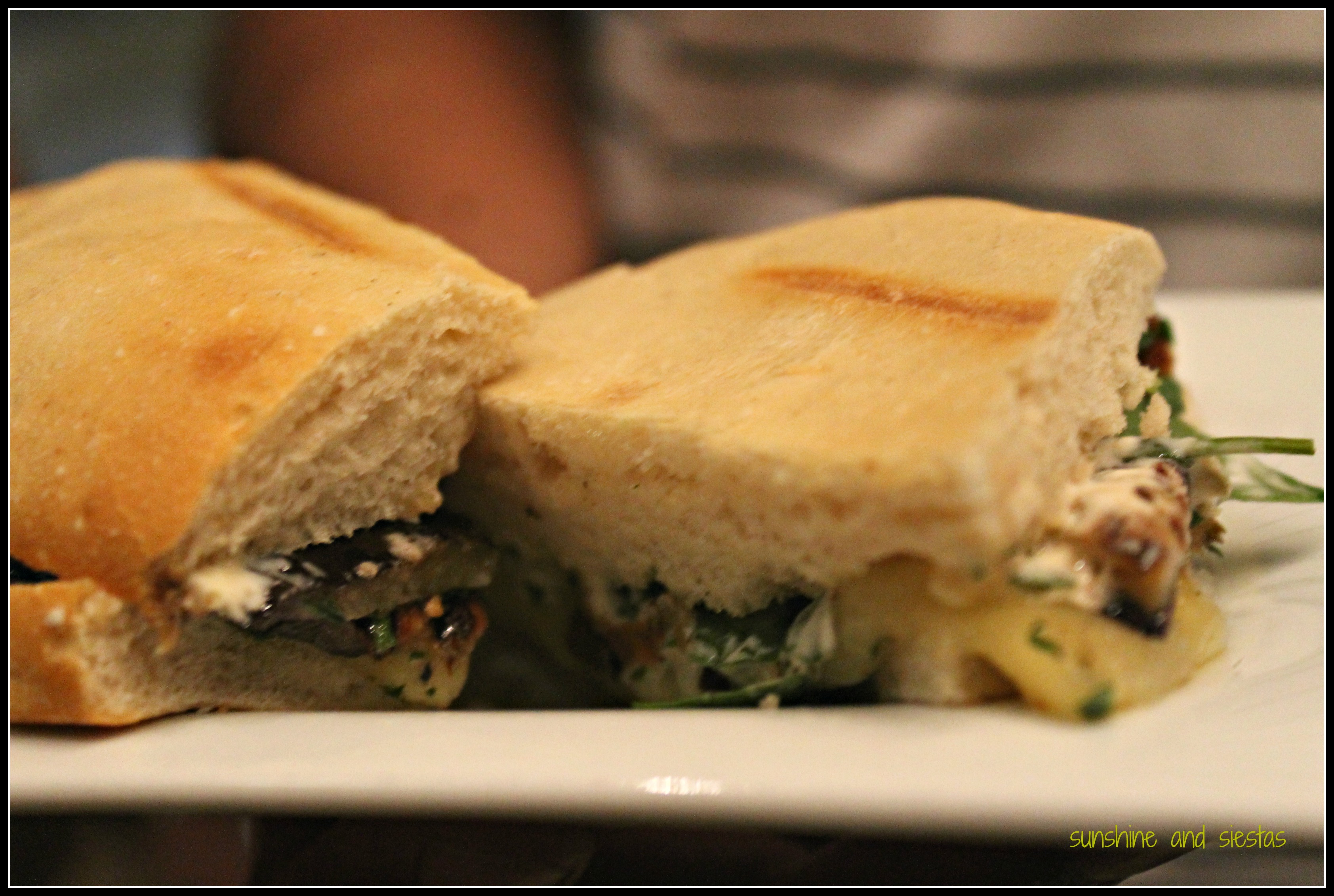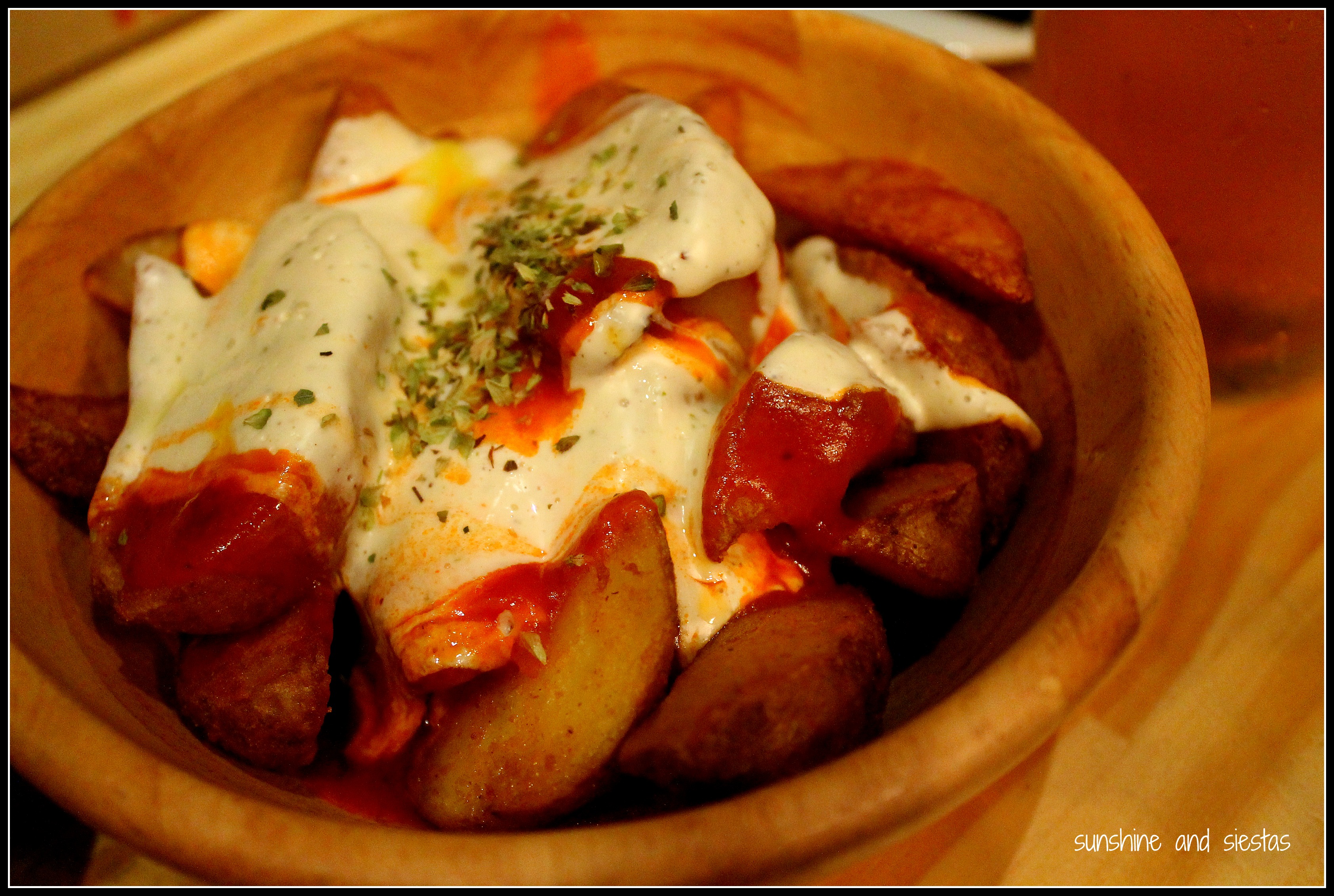“¡Pero si los mantecados no engordan! Put a few more in your purse already!” Javi stole a glance at the four estepeñas attending to the Sunday morning crowd as he loaded a few barquillos and polvorones in my purse, swearing they didn’t fatten anyone up. A sly smile crept across my face as I accepted them. Claro, no way these would make me fat.
Mantecados, the Christmastime favorite of Spaniards, was on our agenda one bright weekend morning. Ask any español to name the Ciudad del Mantecado – a crumbly cookie made of pig lard, flour, sugar and cinnamon – and, ten-to-one, they can. At just an hour’s drive from Seville, Estepa, the Mantecado City, was a tasty stop in one of the many pueblos blancos in the area.
After visiting the factory and museum at La Estepeña, the city’s most famous brand, Javi directed onto the streets of the city named after the cookie’s principle ingredients and into La Despensa de Palacio. The sprawling factory and adjacent museum are a charming homage to the city’s artisan claim to fame. The albero-colored façade had just a modest blue-and-white azulejo announcing it as a factory.
What sets La Despensa apart from the rest, aside from its celebrity clientele, is that traditional baking methods and packing are still used, and the assembly line and industrial machines used at other brands are suhnned. Ninety-five percent of the work force is women who work overtime during Christmas to knead the lard, let the flour dry, add in the sugar and cinnamon, cut the dough into rounds and later package them in wax paper with ruffled edges. What’s more, the mantecados are cooked in a traditional oven.
The quality is matched by the higher price for La Despensa’s products, which also encompasses jellies, cookies and other lard staples like polvorones and alfajores.
The store was, like any Sunday, a zoo. Old ladies elbowed their way up to the front of the line, grabbing the hardbound book of available items and pointing out what they wanted, how many kilos, and bickering with their friends about whether last year’s packaging design was better than this year’s. Their grandchildren eyed the bowl of samples on the counter as they stood on their toes to try to reach the prize. I smiled to myself while watching these Spaniards start acting as if it were an auction, eager to get their hands on the freshest surtidos.
Just then, one of the employees came through with a batch of cooled treats, topped with sesame seeds.
I couldn’t help myself from one and let the cake break apart in my fingers as I sniffed out the cinnamon that gets kneaded into the dough. Just two bites of a mantecado leave you needing a drink, so we hopped in the car and drove to Anís Bravío for a few sips of distilled anisette, the Spanish abuelo’s drink of choice.
At the end of the day, Caitlin and I were back to La Despensa with the tail end of the Sunday crowd, narrowly missing a tourism bus that had made a stop in Mantecadolandia for their fill. Taking a small plastic card with a number imprinted on it, we waited for our turn to be served.
¿Quién va?
Author’s Note: My visit to Estepa and tour of various mantecados factories was kindly offered by Violeta, Javi and their team at Heart of Andalusia. All opinions are, of course, my own.
